
THE EXHIBITION, WHICH CELEBRATES THE 110 YEARS OF THE FAIR EVENT, BRINGS TO THE SCENE 36 MOTORCYCLES THAT HAVE MARKED THE DECADES, FOR THEIR ORIGINALITY AND RECORD WITH THEIR SHAPES, PROPORTIONS AND MATERIALS. FREE ENTRY FOR EICMA VISITORS



Wide mag photo.
Milan, 6 November 2024 – Shapes, proportions, materials: in a word, design. The eighty-first edition of the International Two Wheel Exhibition, from Thursday 7th to Sunday 10th at Rho Fiera Milano, celebrates its 110 years of history with an exhibition of historic and modern motorcycles that have left their mark through their design.




Wide mag photo.
Set up inside the congress center, at Porta Sud, the exhibition is entitled "Eicma: 110 years of two-wheeled design" and represents a journey of more than a century through curves, surfaces, lines, technique and mechanics, but also through the genius of great designers, the emotions, the risk and the challenges interpreted by the two-wheel industry and brought to the stage in the various editions of EICMA.




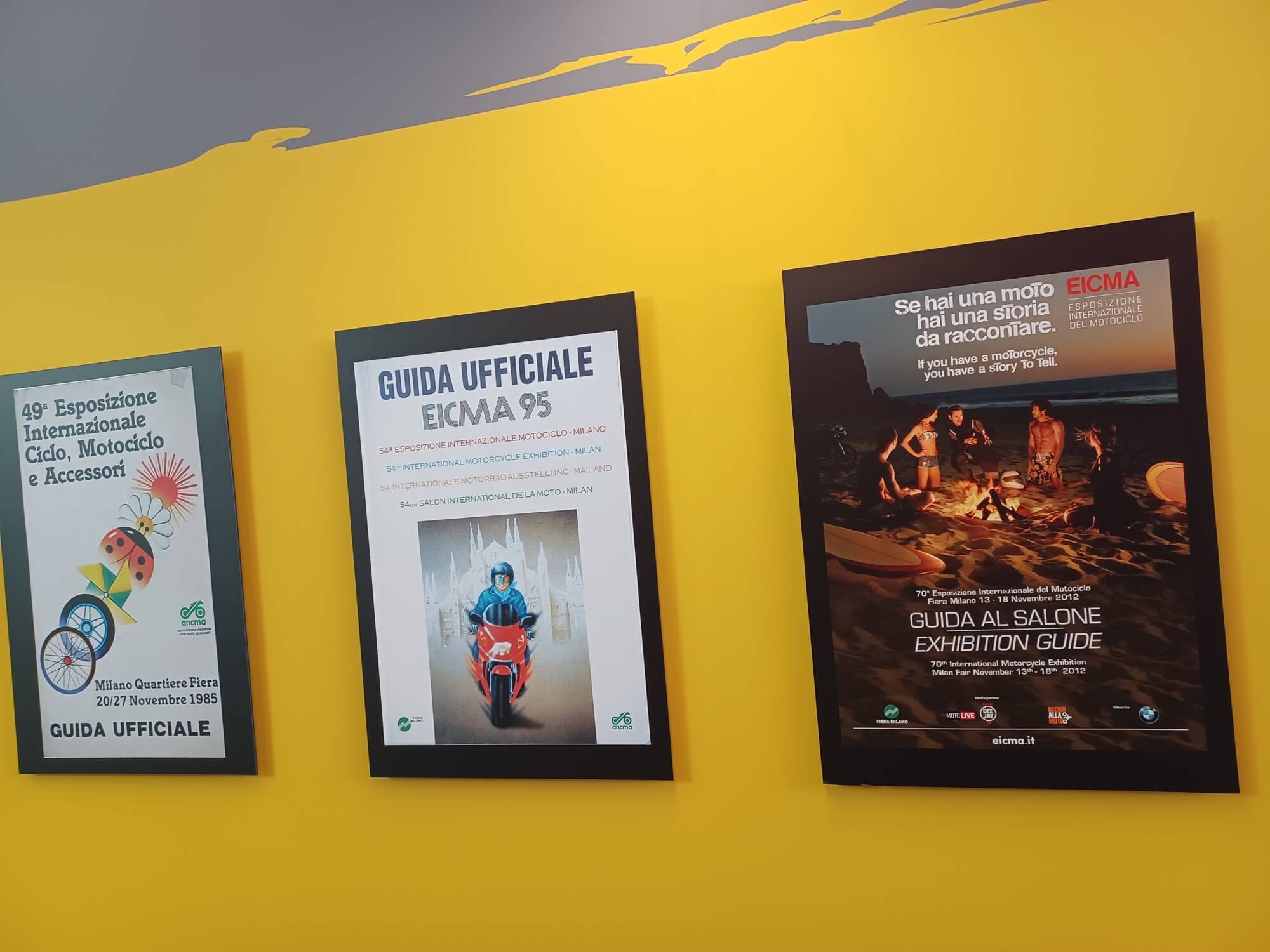

Wide mag photo.
The Milanese event is, in fact, a journey that began right from the Lombard capital, in 1914, to the Kursaal Diana in Porta Venezia, when at the first EICMA, then the cycle and motorcycle exhibition, there were less than forty stands, and six nations were represented (today there are over 850 with exhibitors from 45 different countries).
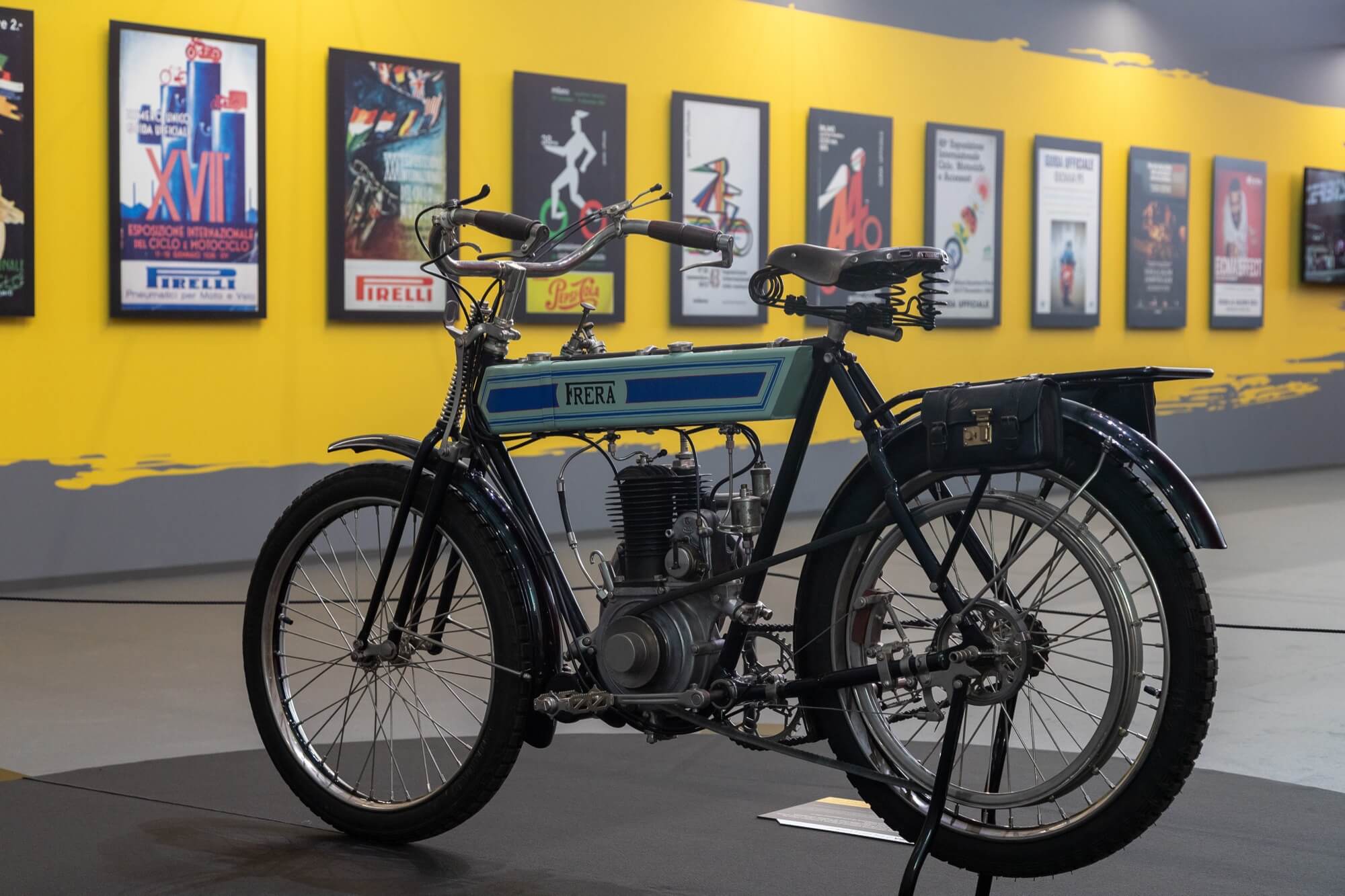
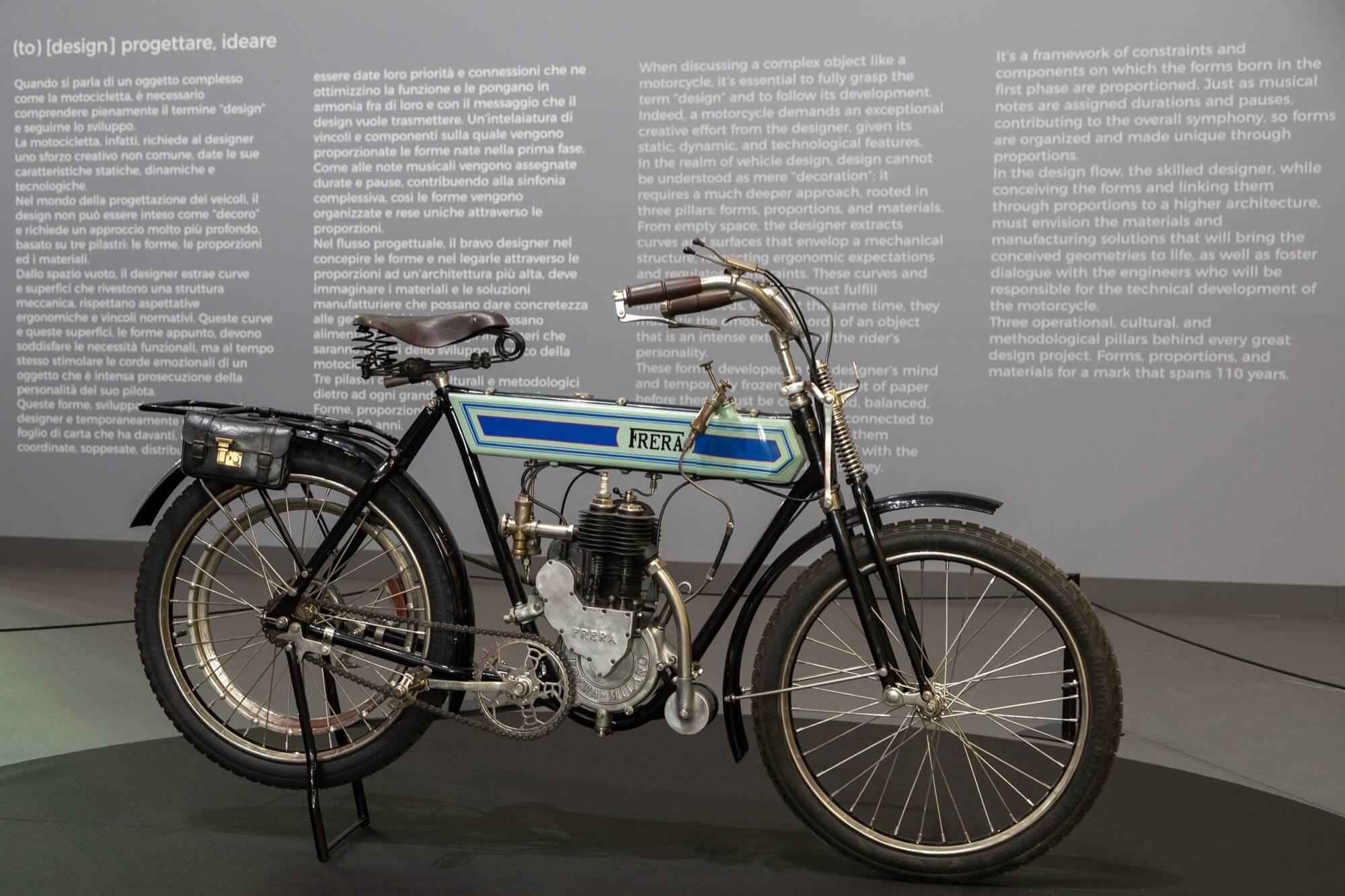
Eicma photo.
At the entrance to the 1914 Exhibition, the first two spaces were then occupied by the two Italian builders Frera and Stucchi. And, ideally, the exhibition "Eicma: 110 years of two-wheeled design" of EICMA 2024 also begins from there: in fact, a Frera 2 ¼ Hp Lusso from 1914 is the first motorbike that visitors encounter, and which precedes an exhibition itinerary of 36 motorcycles which is divided into three sections: shapes, proportions and materials.
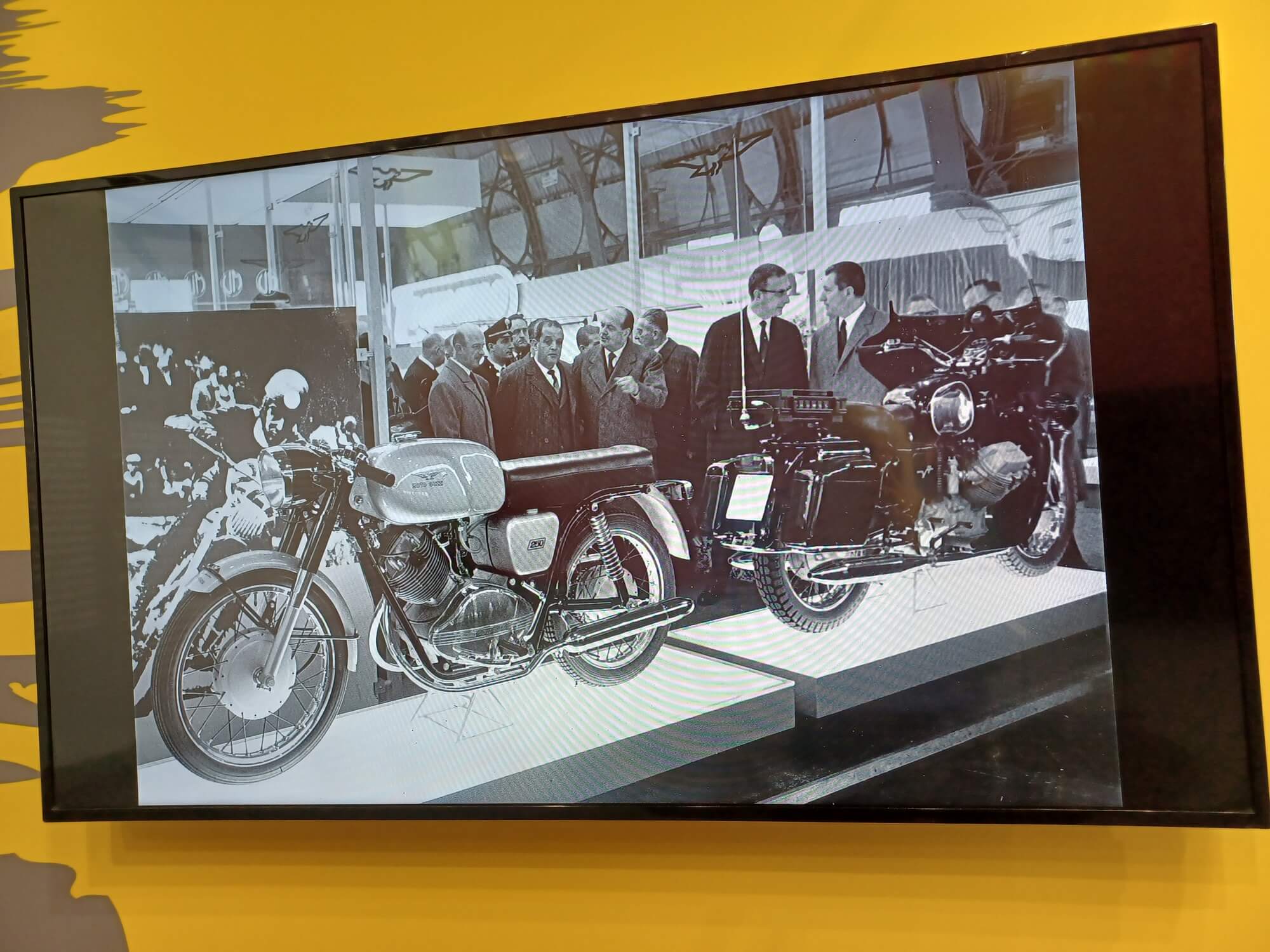
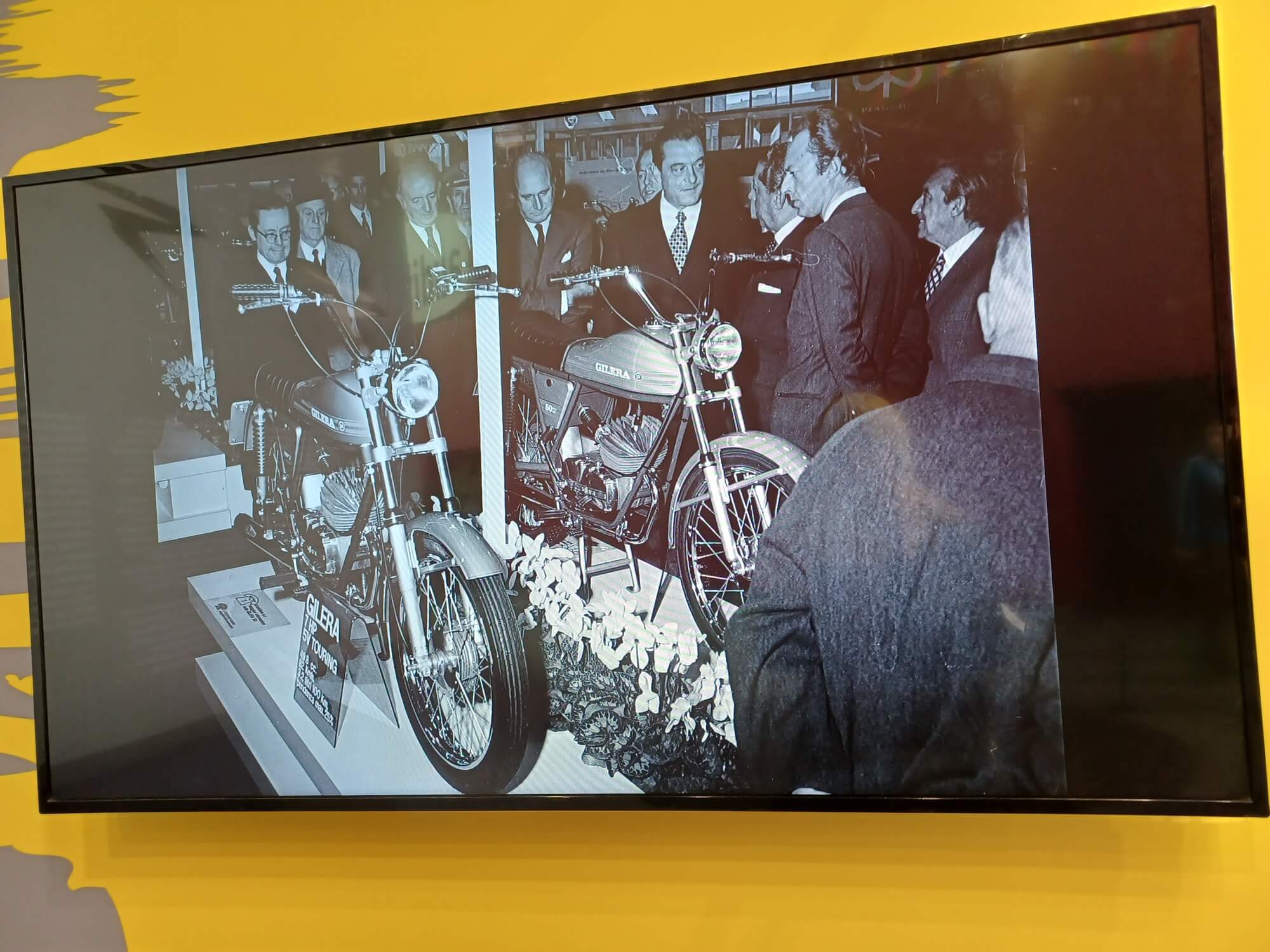
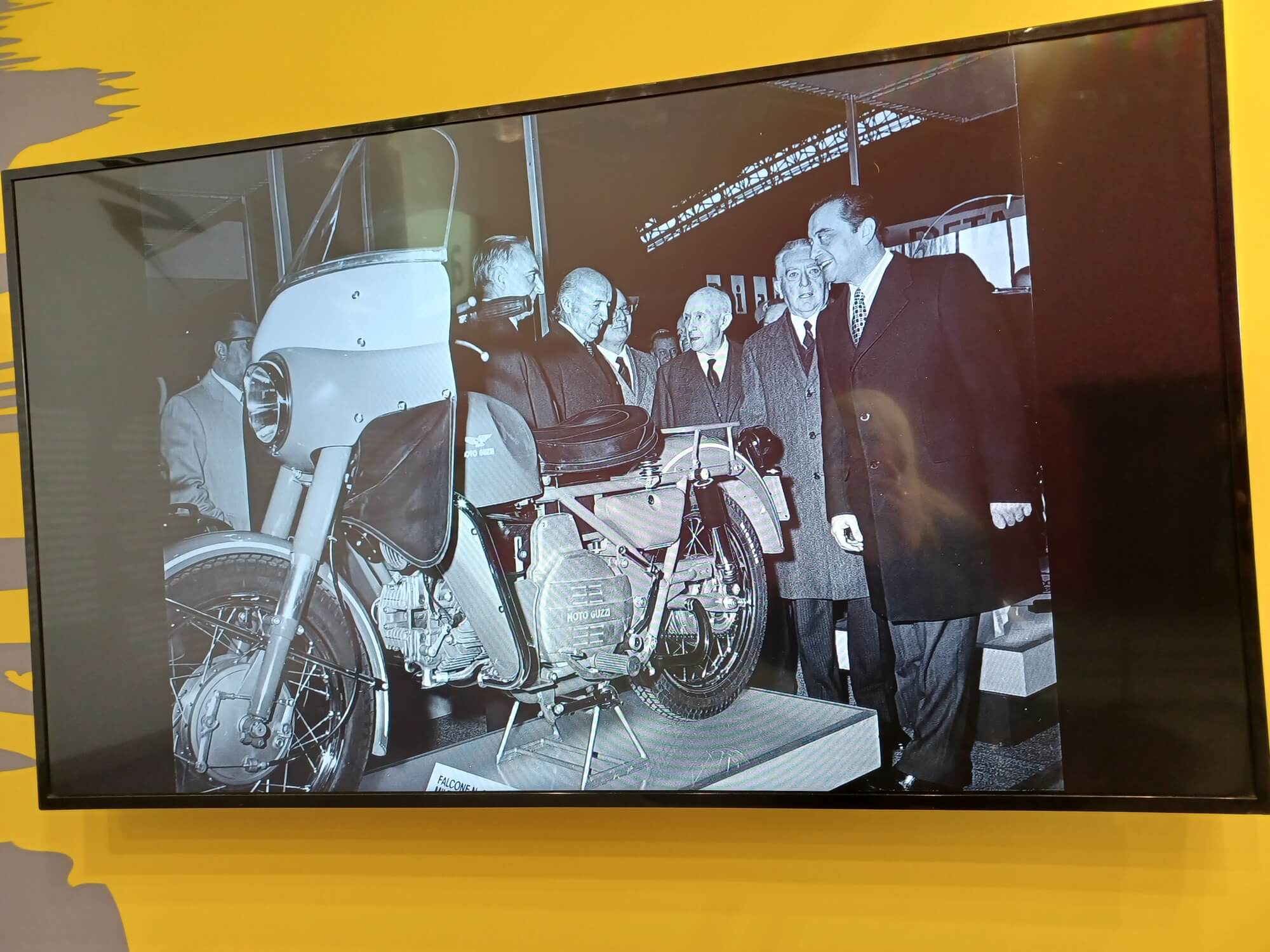



Screen shots taken from the video dedicated to the historical editions of Eicma which welcome visitors at the entrance to the exhibition. Wide mag photo.
During the press preview on November 4, the president of EICMA Pietro Meda underlined "that this exhibition wants to be a tribute to the search for beauty, which not only tells the story of EICMA and the two-wheel industry, but which brings us within that of our country, society and mobility. It is a path that has its roots in Italian know-how and is enriched by the international contribution of many other manufacturers."

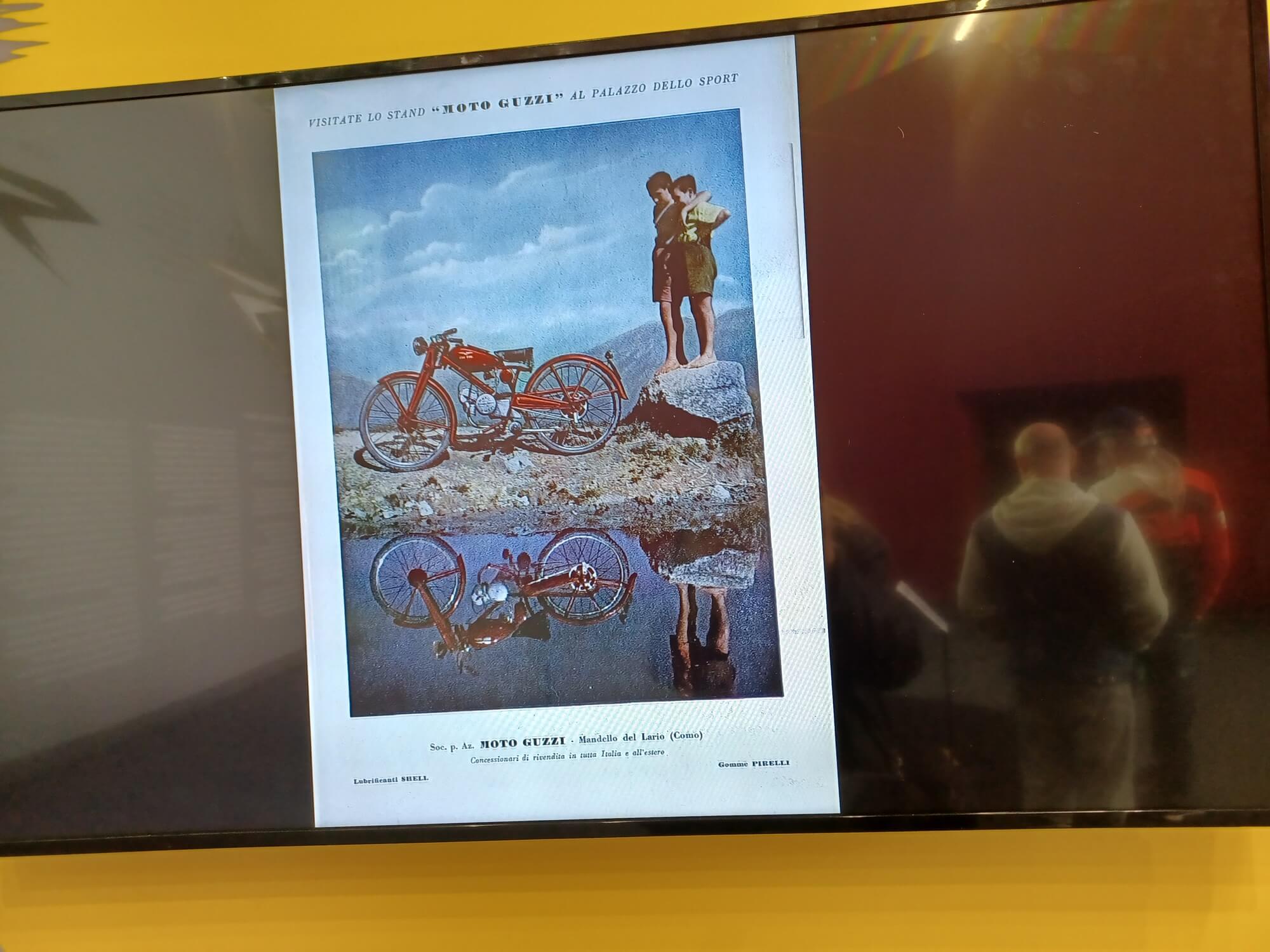




Screen shots taken from the video dedicated to the historical editions of Eicma which welcome visitors at the entrance to the exhibition. Wide mag photo.
For CEO Paolo Magri, the Eicma exhibition: 110 years of two-wheeled design "does not have the ambition of representing a ranking of the most beautiful motorbikes or simply of lining up the motorbikes in chronological order, but it is a cultural proposal, which aims to spread knowledge and accompanies visitors through the fascinating creative and planning journey that designers follow: from the blank sheet of paper to the final creation”.
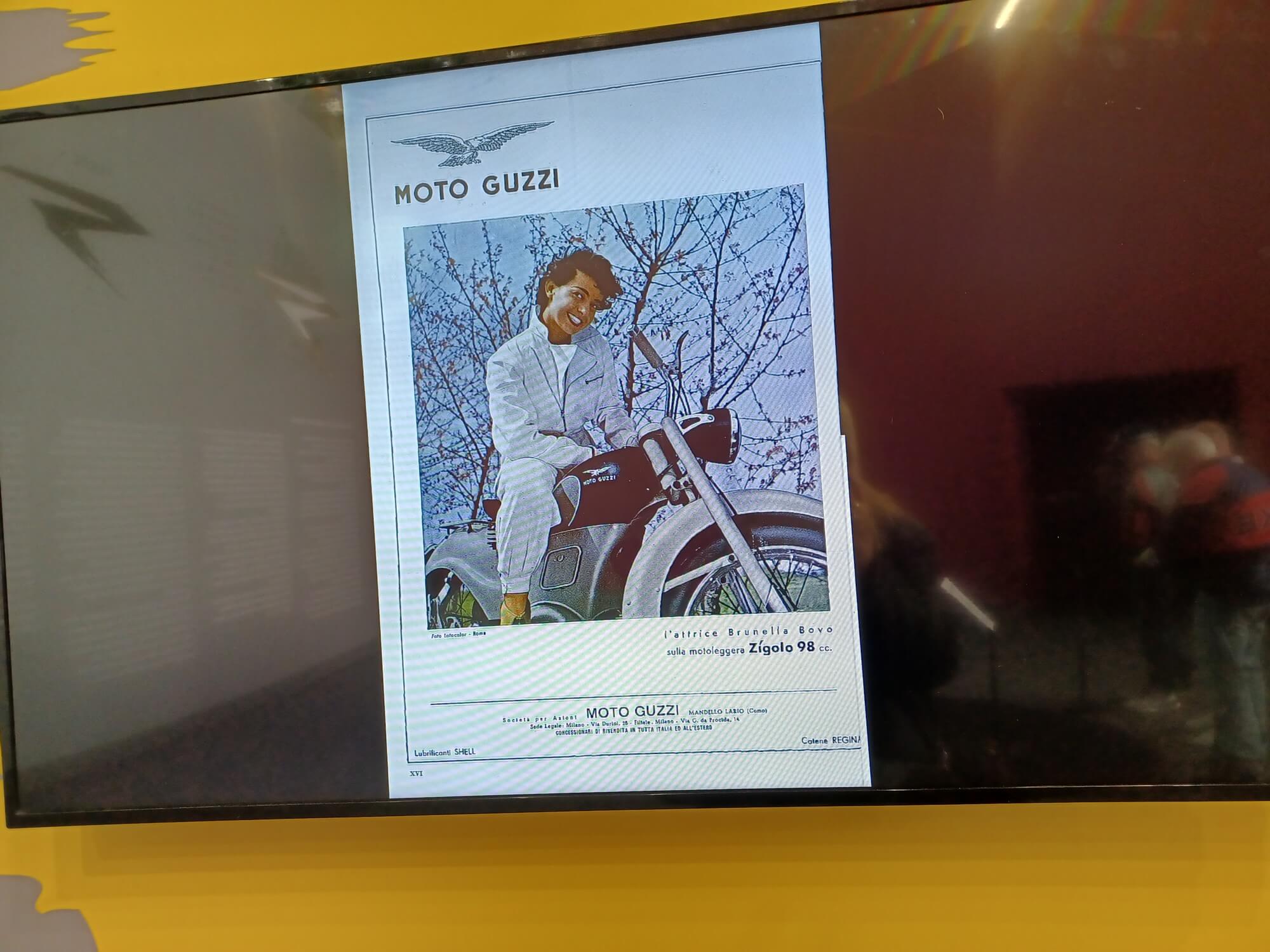



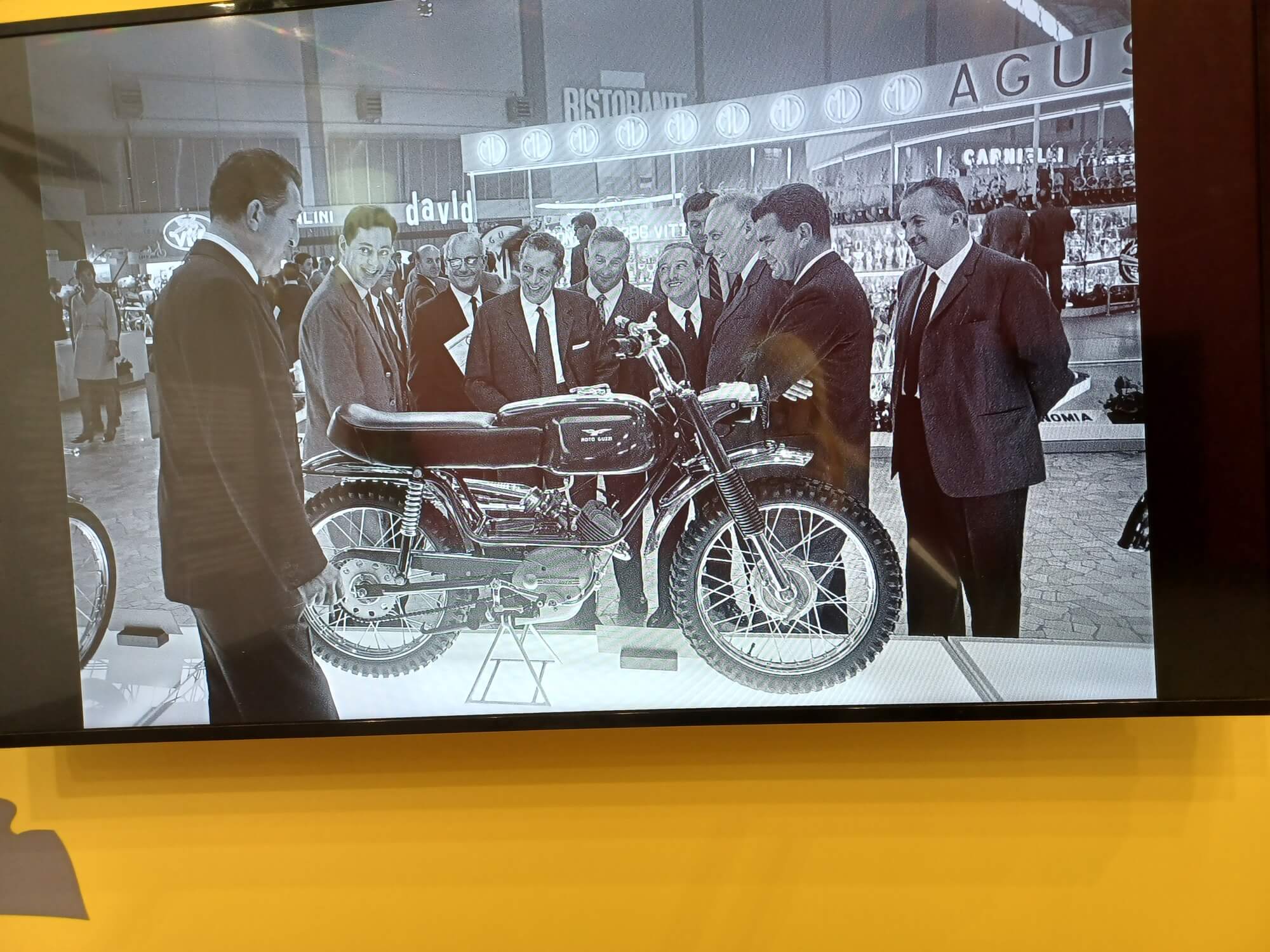
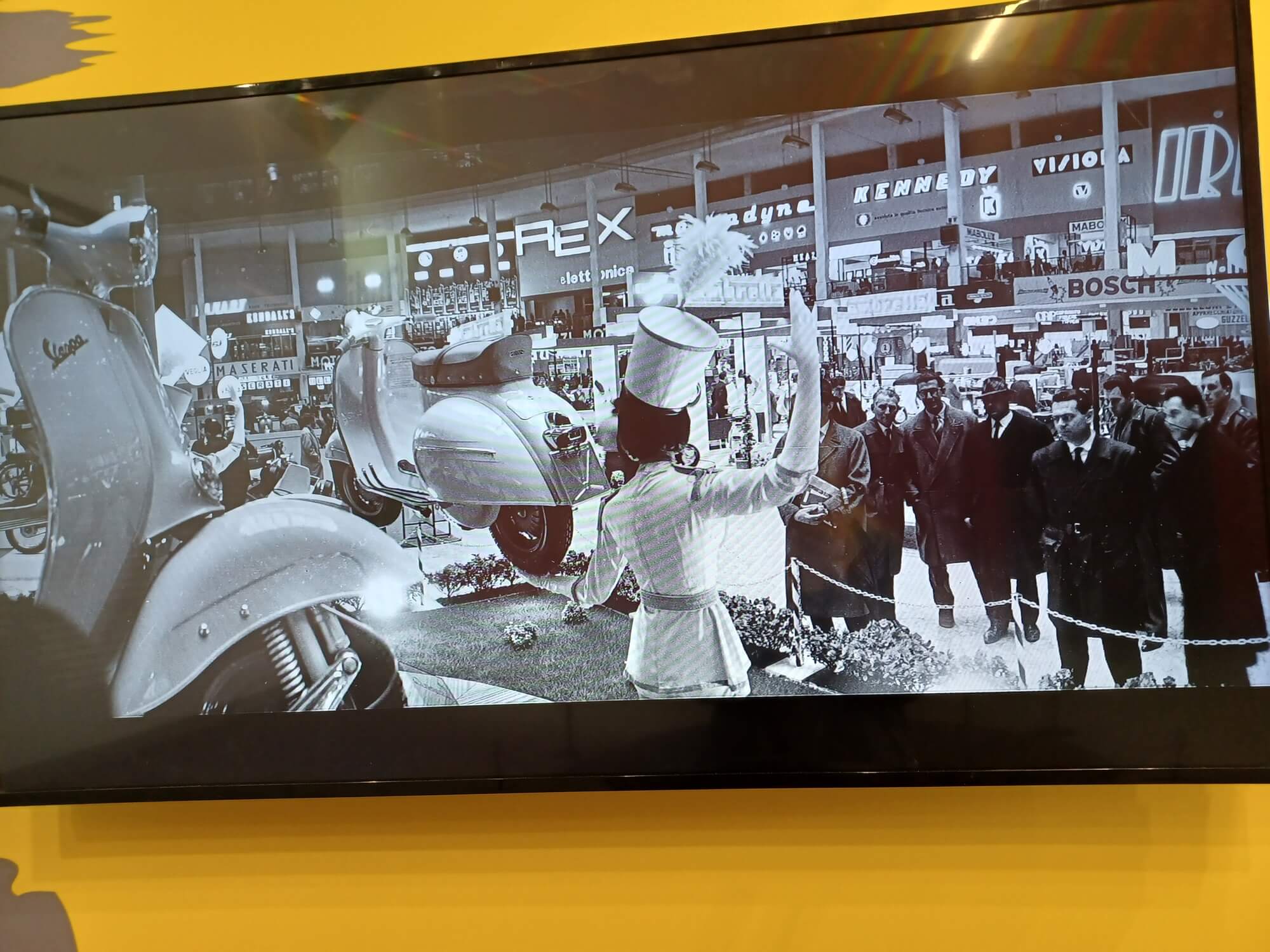
Screen shots taken from the video dedicated to the historical editions of Eicma which welcome visitors at the entrance to the exhibition. Wide mag photo.
Entering the heart of the exhibition, in the area dedicated to shapes, the Mars A20 exhibited at EICMA in 1920, a true triumph of rationalism, and the more recent Kawasaki GPZ900R from 1984, famous for its appearance in the film Top Gun, but also for the aggressive line of its front.


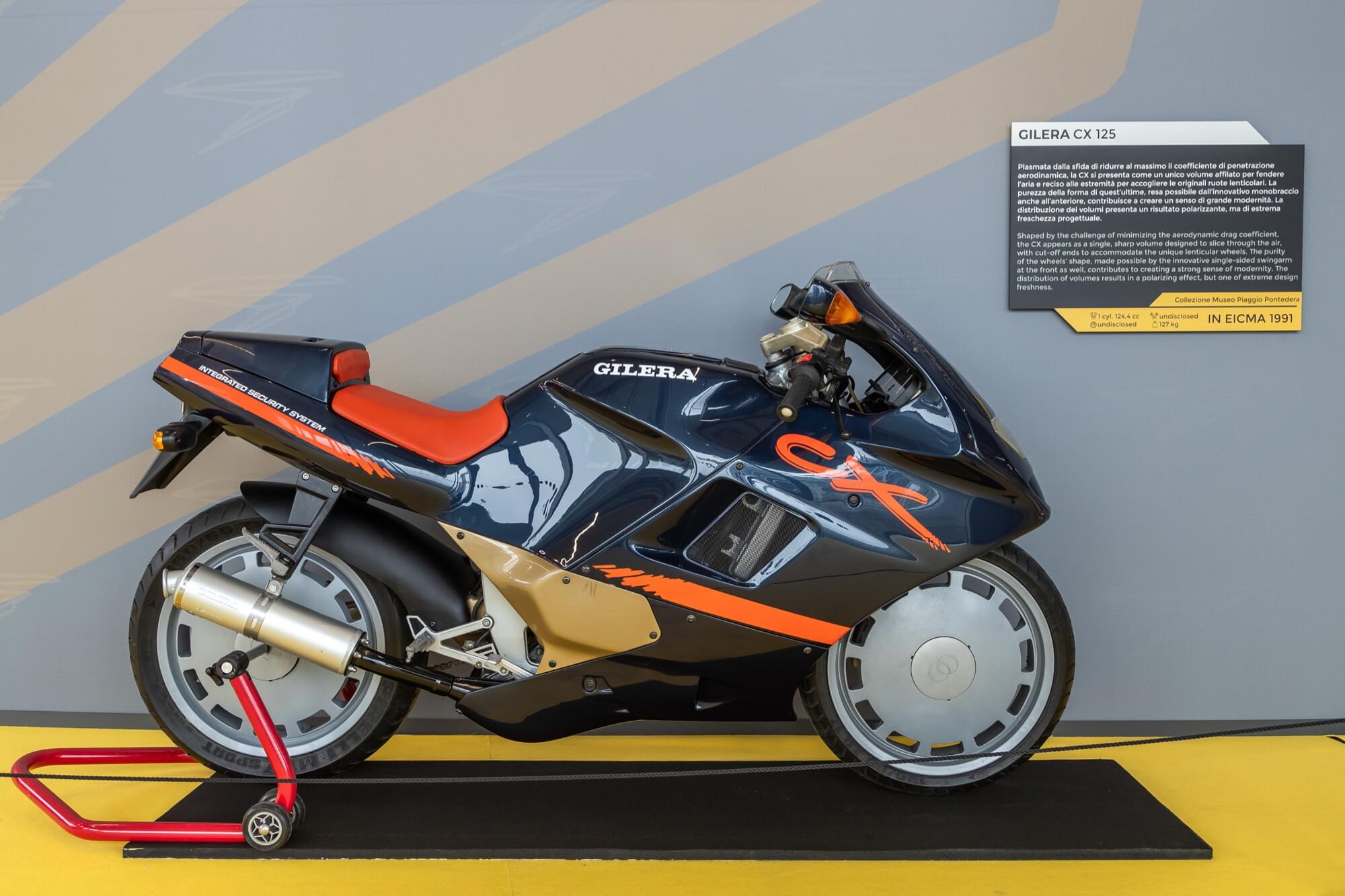


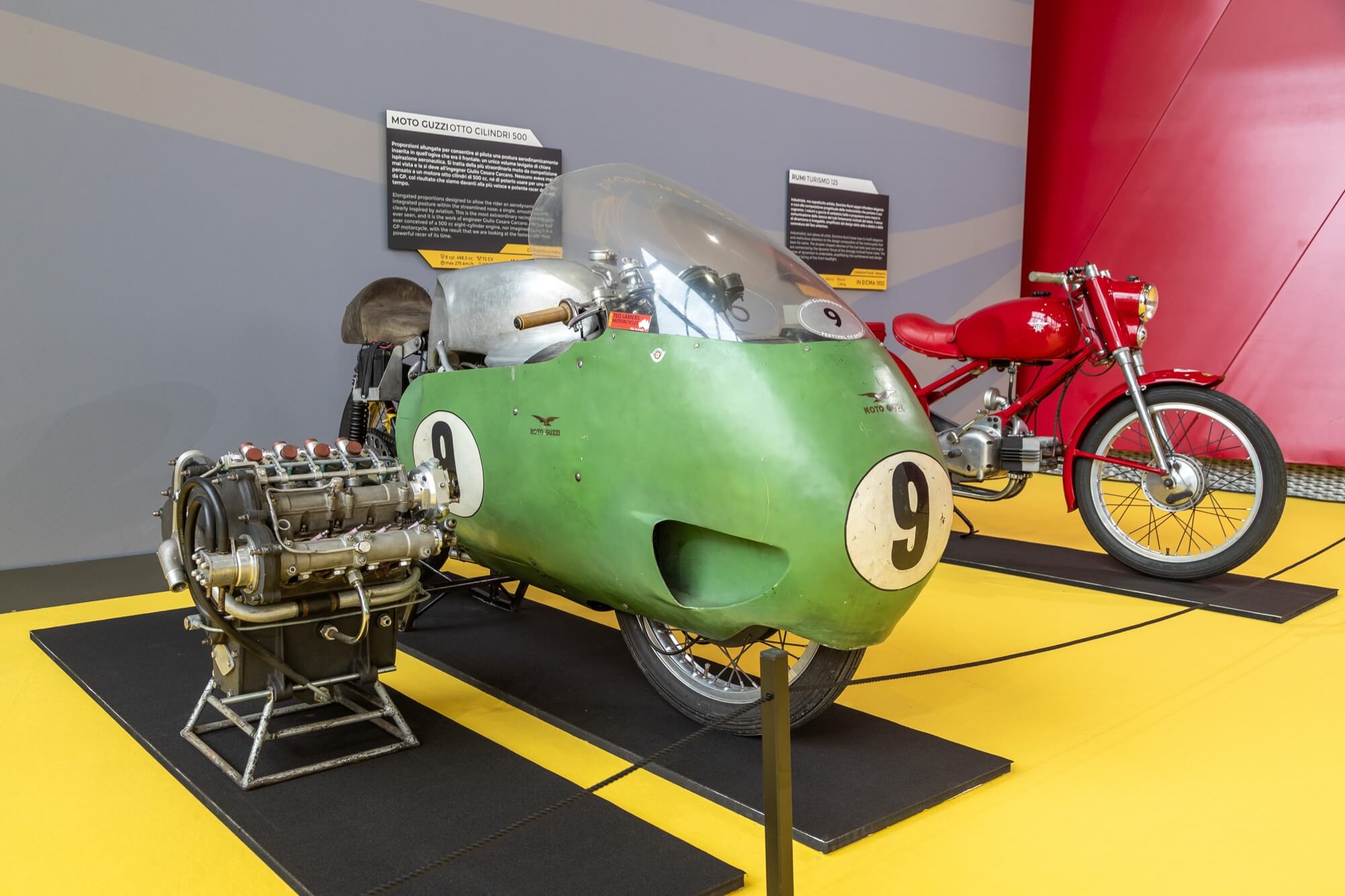
Eicma photo.
Also noteworthy are the first "enduro" with a beak, the Suzuki DR 800 Big, the iconic Ducati Monster, the 1995 Philippe Starck-designed Aprilia Motó, the MV Agusta F4 Ago and the prototype of the Husqvarna Vitpilen 401 Aero exhibited in 2016. There is also no shortage of important tributes to brands such as Fantic, Yamaha, Aermacchi, Triumph and Innocenti.


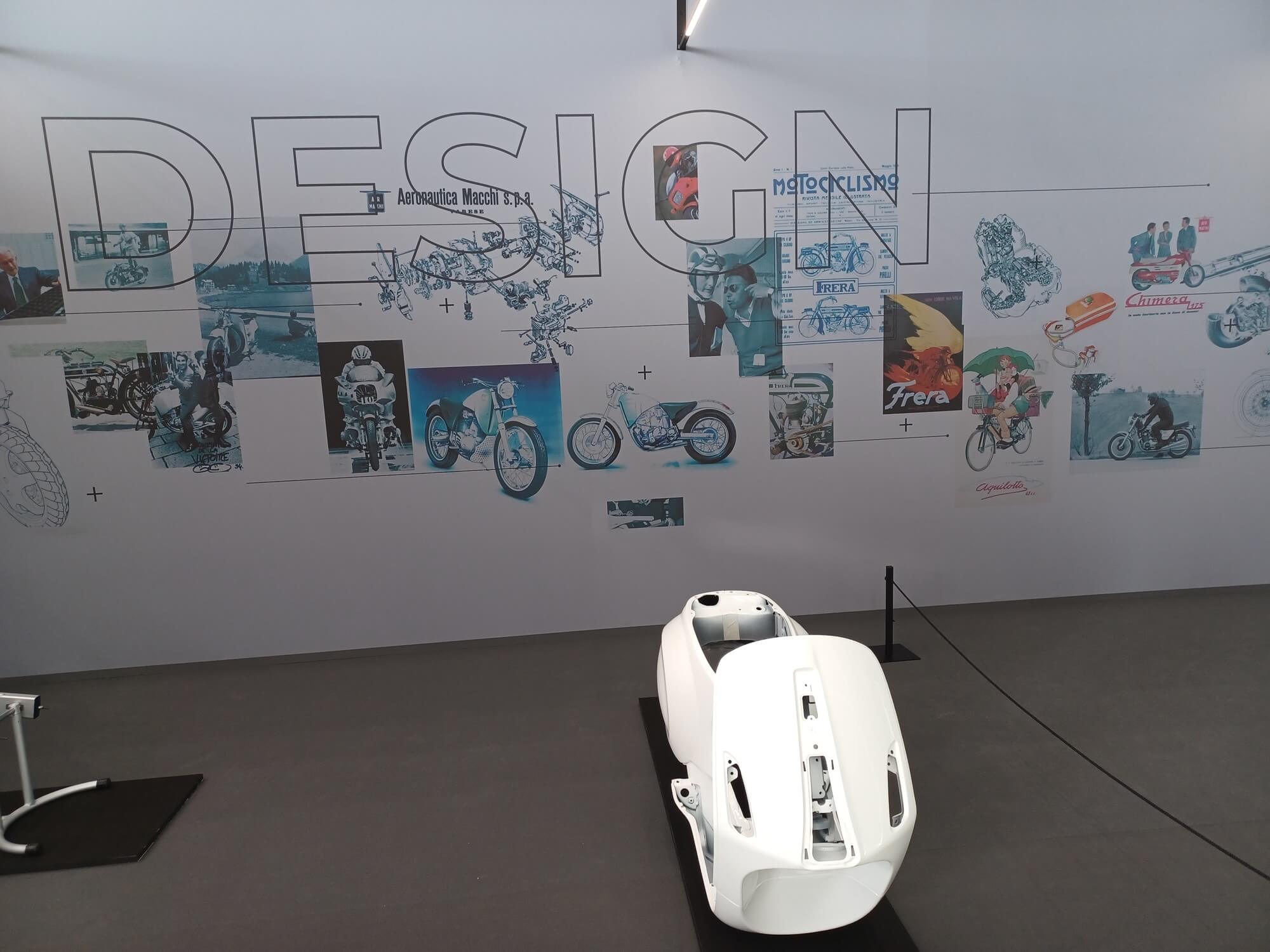
Wide mag photo.
Moving on to the section dedicated to proportions, attention is immediately drawn to the extraordinary and muscular 1957 Moto Guzzi eight-cylinder 500 by engineer Giulio Cesare Carcano, which makes the icon of mobility, the Ciao 50 by Piaggio, look like a grasshopper. In the proportions area we then find other unmissable masterpieces branded KTM, Benelli, Suzuki, Rumi, Bianchi, Honda, Ducati and Gilera.
Finally, the section dedicated to materials, where the pinnacle of manufacturing and engineering processes is reached, with tributes to Corradino d'Ascanio for the use of sheet metal in Piaggio's Vespa, to the unconventional racing project of the 1978 ELF elegance of the Laverda RGS 1000, but also to other undisputed queens of technique and beauty such as the rare 1991 Honda NR 750, the Bimota Tesi 1D SR and the Ducati Superleggera V4.




















Wide mag photo.
Also created thanks to the important support of ICE, the Agency for the promotion abroad and the internationalization of Italian companies, the exhibition project and the entire curatorship of the exhibition are by EICMA, V12 Design, Gianmarco Blini Design and the journalist Marco Riccardi. A particular mention goes to the Motociclismo magazine and, above all, to the private collectors, the manufacturers, the museums and the organizations that made the motorbikes available.
(Source: Eicma press release).

Eicma photo.